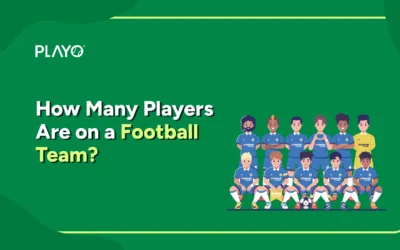Long passes in Football are quite essential as it helps cover more ground in the shortest possible amount of time. It can be also referred to as a drive pass.
In modern football, long passes are considered imperative. They are different from short passes. This is designed for the receiver to have more room for an attacking play.
For a long pass, you need to be aware of your body position, where the player who wants to pass the ball to is, and even how close you are to the ball.

Long passes in Football- Things to keep in mind
1.Positioning
While approaching the ball, remember to approach it at a 30-degree angle. This ensures that one has room to swing your leg through. Subsequently, the non-kicking leg should be planted on the ground close to the ball. Make sure your toes are pointing towards the target.
Hold your arms out while striking the ball for better balance.
2. Striking the ball
Make sure that at all times your eyes are on the ball. This is quite an important tip. Further, one must kick the ball with their ankles rotated. The top of your shoes, i.e lace area should be making contact with the ball.
Initial contact with the ball is crucial. Eventually, the underside of the ball should be struck to push the ball upwards.
3. Follow through
Your follow through will determine how powerful you shot is. This is much like how it is in a short pass.
Whenever the ball has to cover a longer distance, the follow through should be bigger. Of course, this is once contact has been made with the ball.
Tips for long passes in football-
-Lean back a bit
-Have an angled approach
-Contact ball with the laces of your shoe
-The bottom of the ball should be striked
-Sweep through and across the ball
-Keep your head steady
Conclusion-
The aim of a long pass is to find a teammate in a relatively open space. Generally, long passes are attacking. But this too depends on your position on the field.
Ideally, the ball shouldn’t bounce before reaching your teammate. A bouncing ball can be harder to control.
Lastly, follow these tips and techniques to get better at long passes.




0 Comments